“Then followed that beautiful season…summer.” — Henry Wadsworth Longfellow
*********
Hear the hum?

That’s the sound of the tallgrass prairie in July, calling you. Come and see!

The air is thick with buzz and click.

Wade through the tallgrass in the heat.

Do you feel yourself slowing down? Feel like you’re about to fold?

Maybe it would be good to rest. To sit for a bit.

The humidity! We’re swimming in it.

July prairie wildflowers make the hike worth the discomfort.

The month has flown.
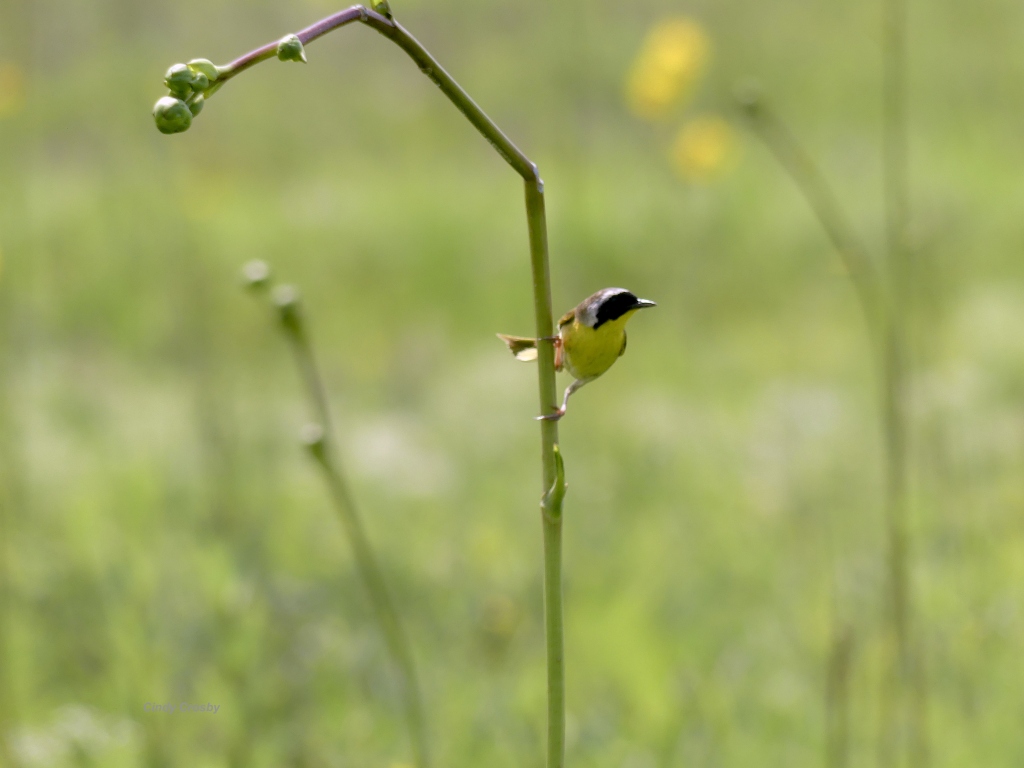
August is on the horizon.

Keep watching the life of the prairie unfurl.
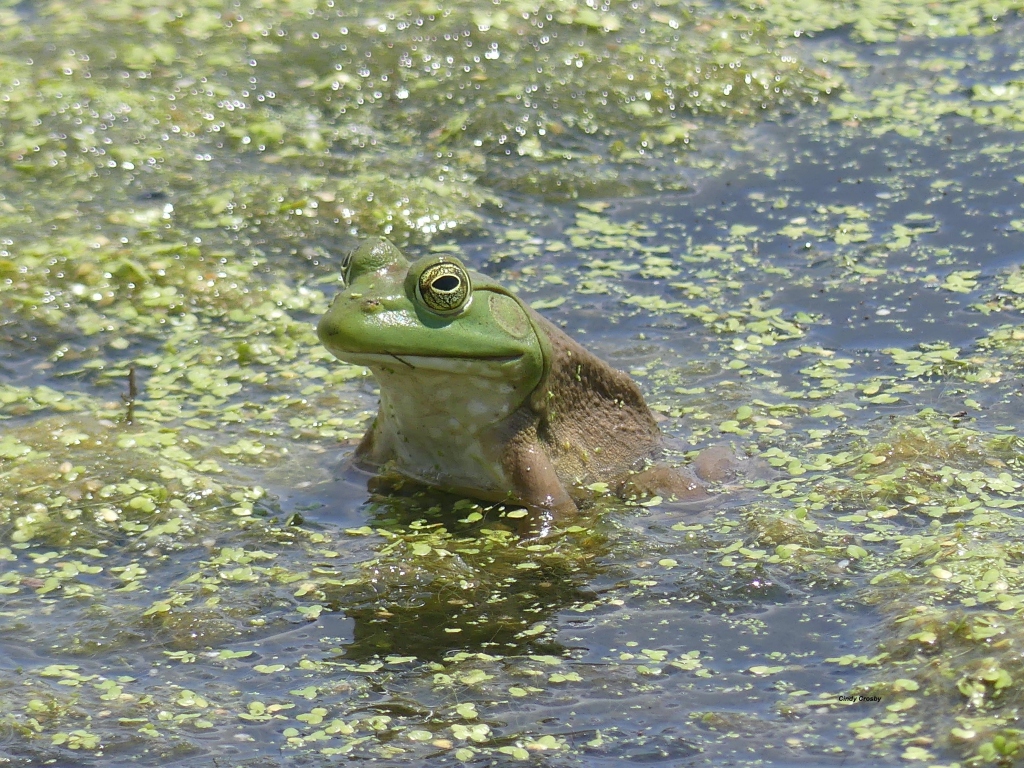
Who knows what you’ll see? The sky is the limit!

It might be sprays of purple Joe Pye weed.

Unbelievable blues.

Scarlets.

Ambers.

Barbie pinks, fading in and out of focus.

Even some paler hues.
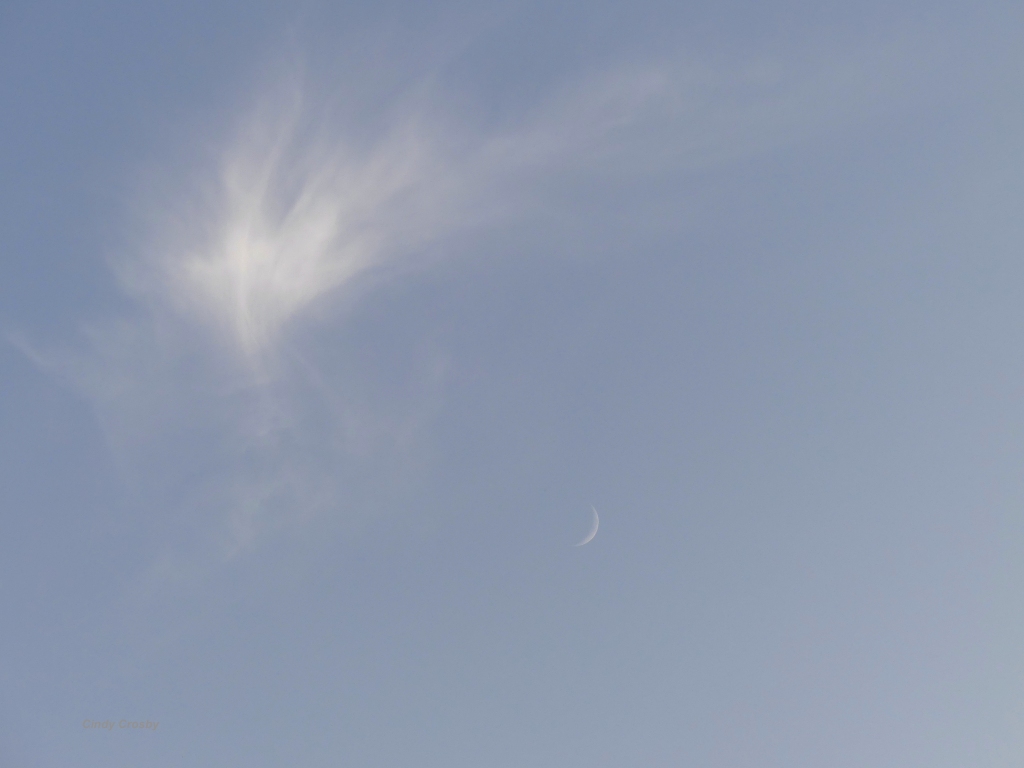
Sure it’s tempting to wallow around at home.

But July is almost over. There will never be another month quite like this one again.

Now is the time to go see.
****
If you’re like me, you remember memorizing poetry in school, perhaps Henry Wadsworth Longfellow’s (1807-1882) “Paul Revere’s Ride” or maybe, lines from “Evangeline: A Tale of Acadie.” And why can’t I remember where I put my car keys, but I can still remember the lines about Revere’s ride? One if by land, and two if by sea… . Read more about Longfellow here.
*****
Join Cindy for a class or program in late July and August!
July 29 —Dragonflies and Prairie Wildflower Hike with the Greater Kane County Wild Ones at Peck Farm Park. Space is limited. For more information and details on registration, visit their website here.
August 3 — Dragonflies and Daiquiris, hosted by the Morton Arboretum in Lisle, IL. (SOLD OUT) 6:30-8:30 p.m. Call and ask to be put on a waiting list.
August 5 — Nature and Art Retreat, hosted by The Morton Arboretum in Lisle, IL. 8 a.m.-3 p.m., Founders Room, Thornhill Education Center. Cindy will be leading the writing section. Register here.
August 9 — Interpretation for Master Naturalists, hosted by the Illinois Extension and The Morton Arboretum (via Zoom). (SOLD OUT)
August 11 — The Tallgrass Prairie for Master Naturalists, hosted by the Illinois Extension and The Morton Arboretum (in person). (SOLD OUT)
August 14 — Dragonflies and Damselflies, hosted by MAPS– The Morton Arboretum Photographic Society, Lisle, IL. Free for MAPS members and their guests. Blended online and in-person program. 7-8:30 p.m. For more information and details, visit here.
*****
A note to my awesome readers: Jeff and I are celebrating our 40th anniversary by visiting 40 natural areas over the summer and fall this year. Please let us know where you think we should head to next. Thanks to everyone who has sent ideas! So far, we’ve enjoyed hiking, bison viewing, and/or kayaking at the following:
Kayaking at #1 Rock Cut State Park (Rockford, IL); hiking at #2 James “Pate” Philip State Park (Bartlett, IL); #3 Potato Creek State Park (North Liberty, IN); #4 Indiana Dunes State Park (Porter County, IN); #5 Indiana Dunes National Park (Beverly Shores, IN); kayaking Silver Lake at #6 Blackwell Forest Preserve (Wheaton/Warrenville, IL); hiking #7 Belmont Prairie Nature Preserve (Downers Grove, IL), #8 Winfield Mounds Forest Preserve (Winfield, IL), #9 Bluff Spring Fen (Elgin, IL), #10 Herrick Lake Forest Preserve (Wheaton, IL); Jeff’s family reunion at #11 Hawthorn Park (Terre Haute, IN); hiking #12 Turkey Run State Park, Marshall, IN) and at #13 Shades State Park, Waveland, IN; hiking and bison viewing at #14 Kankakee Sands, Morocco, IN; hiking at #15 Hidden Lake Forest Preserve (Downers Grove, IL), #16 Peck Farm Park (Geneva, IL), and #17 Schulenberg Prairie, The Morton Arboretum (Lisle, IL).

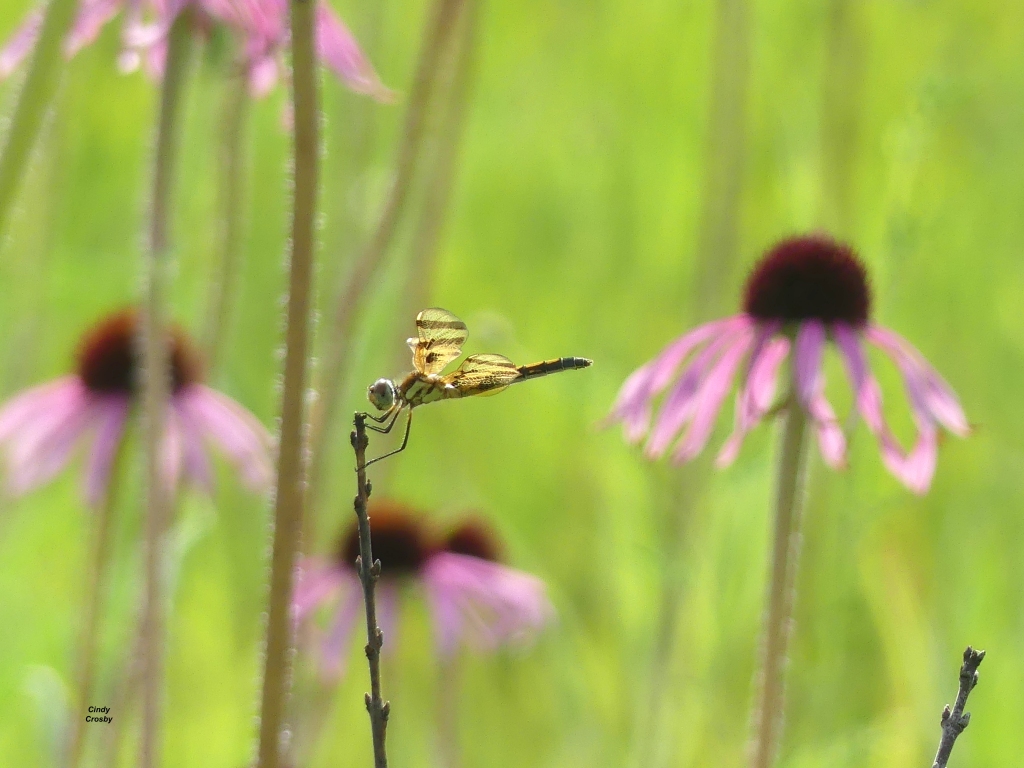



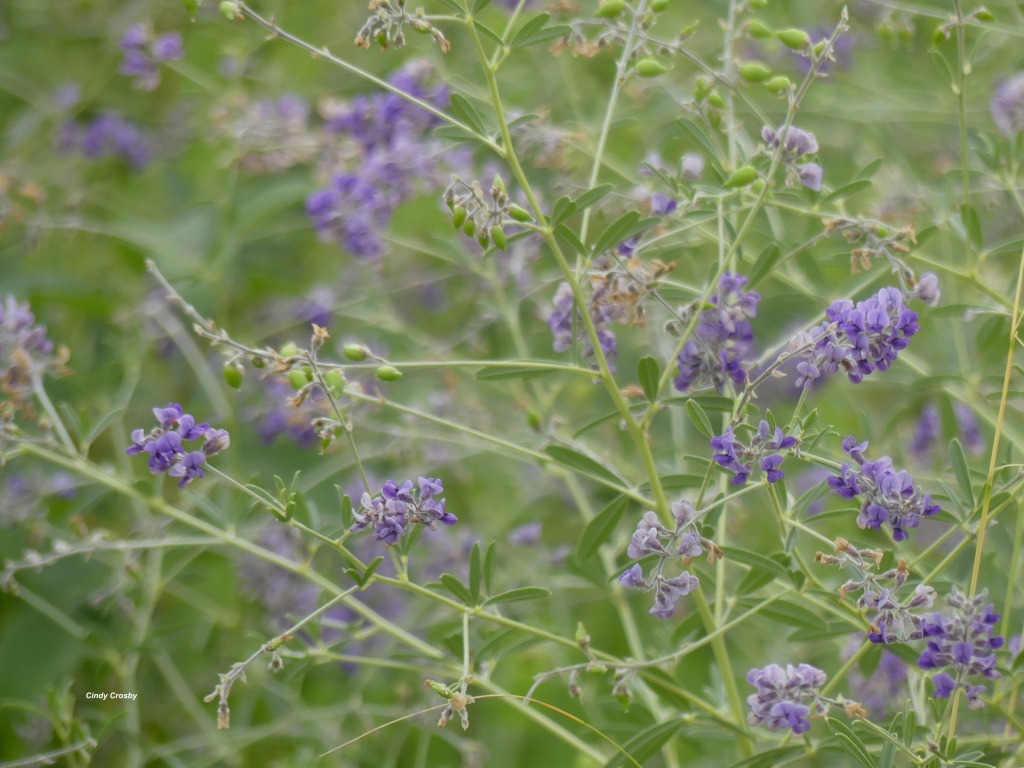
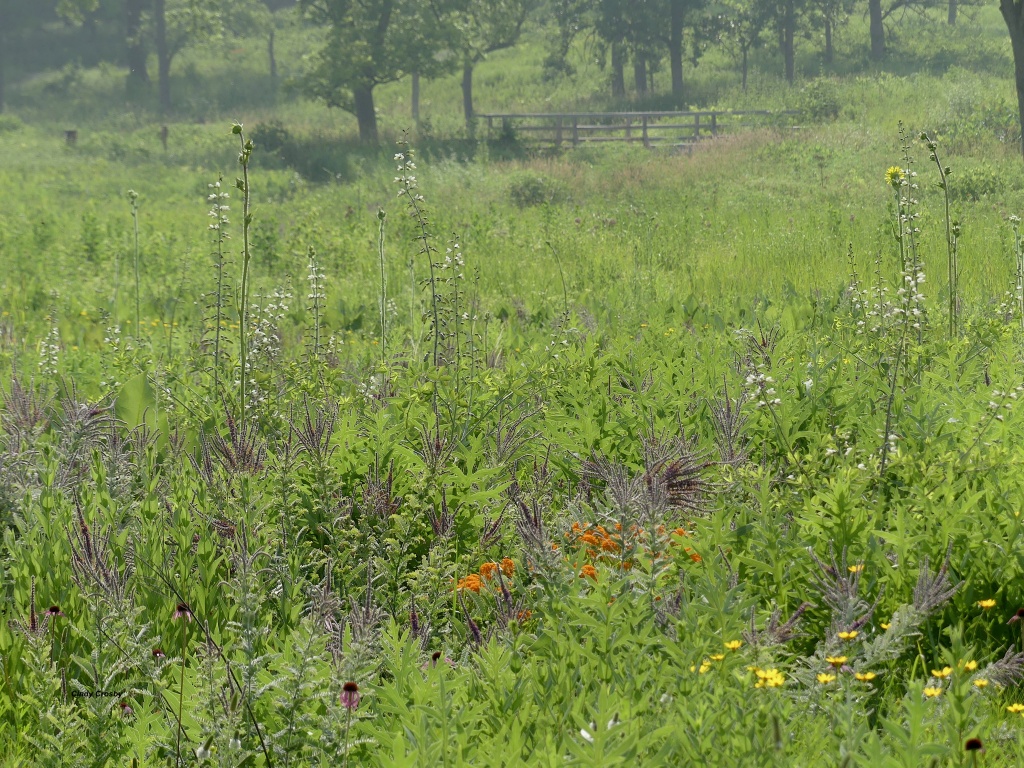








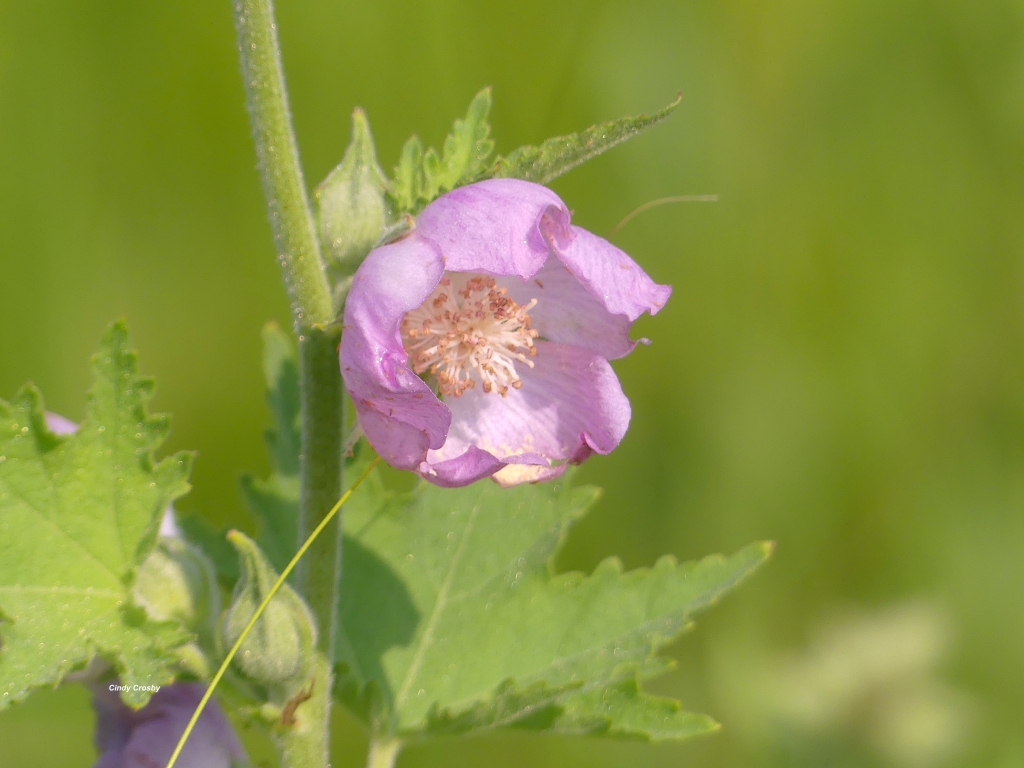





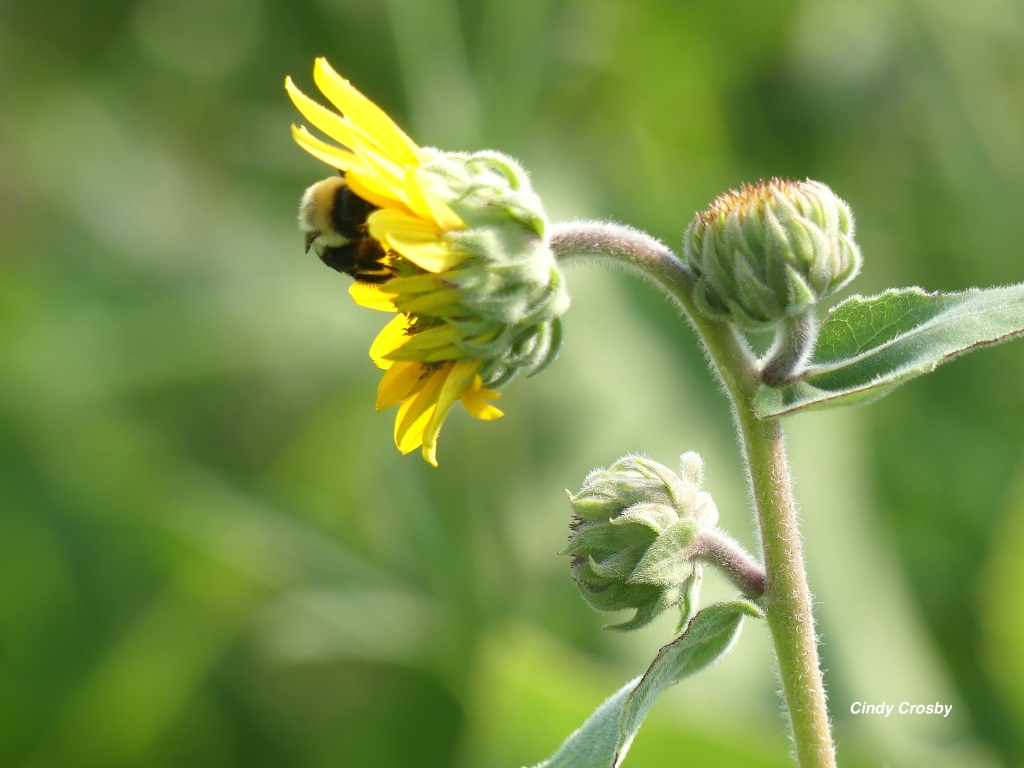

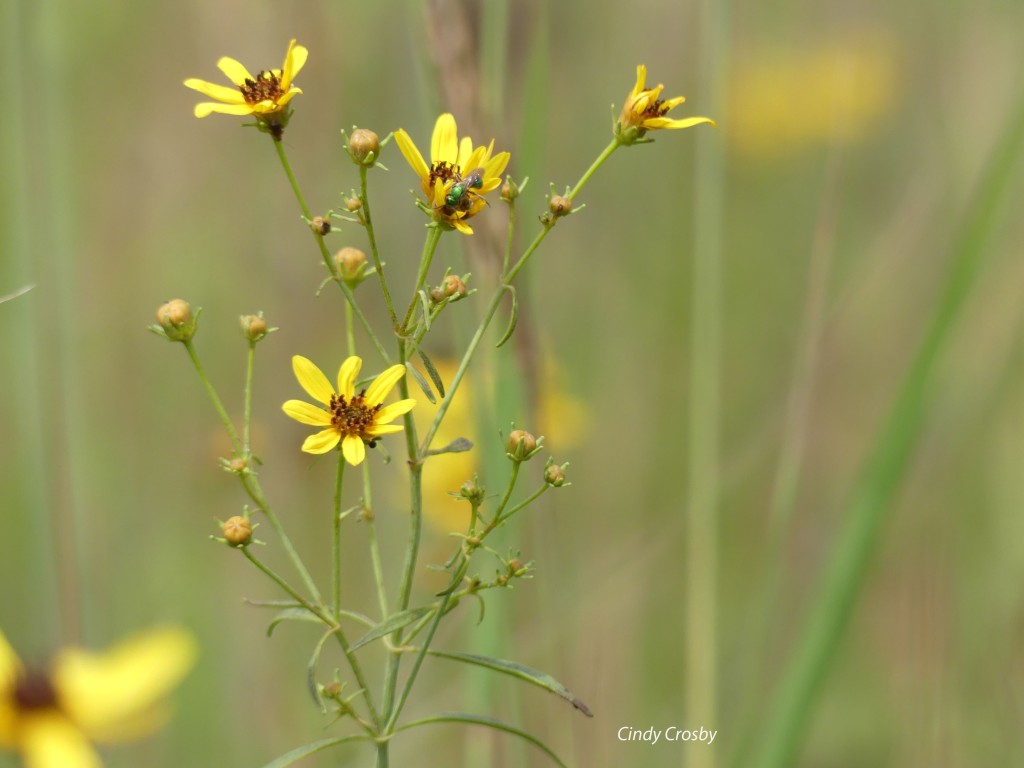
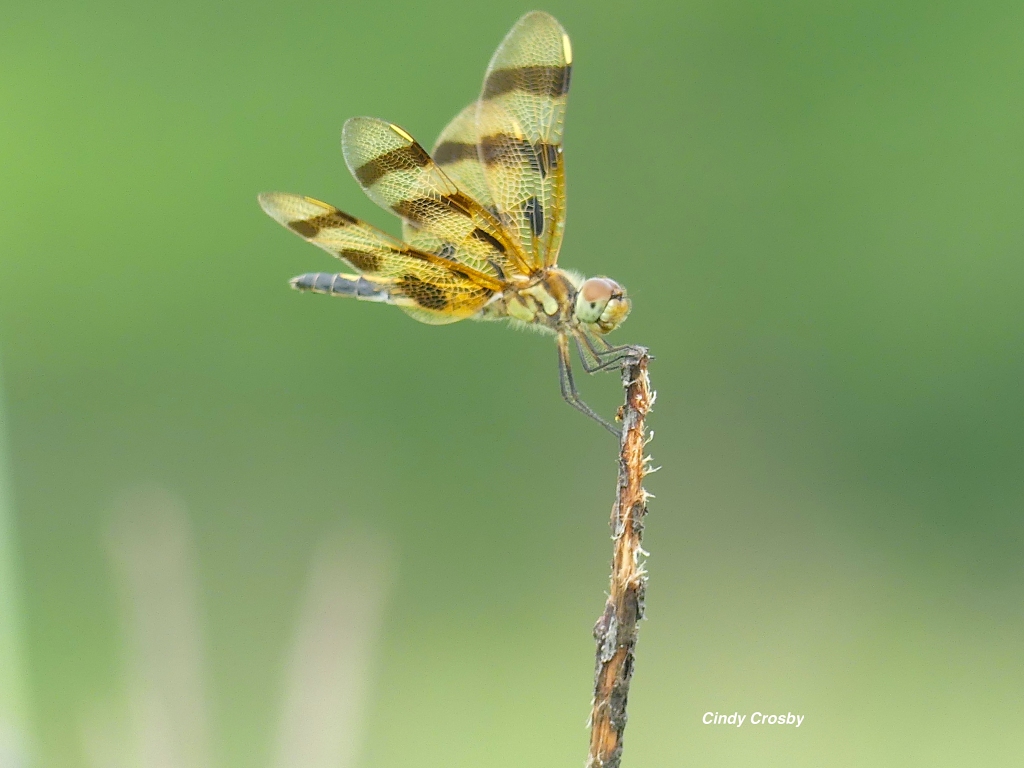
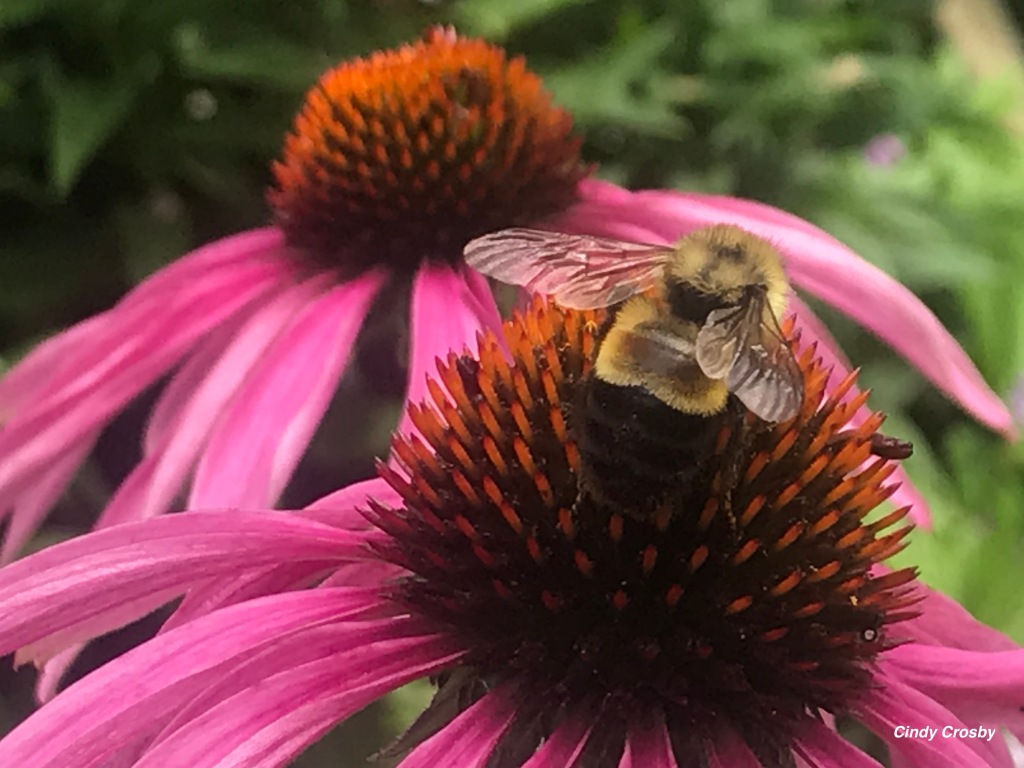
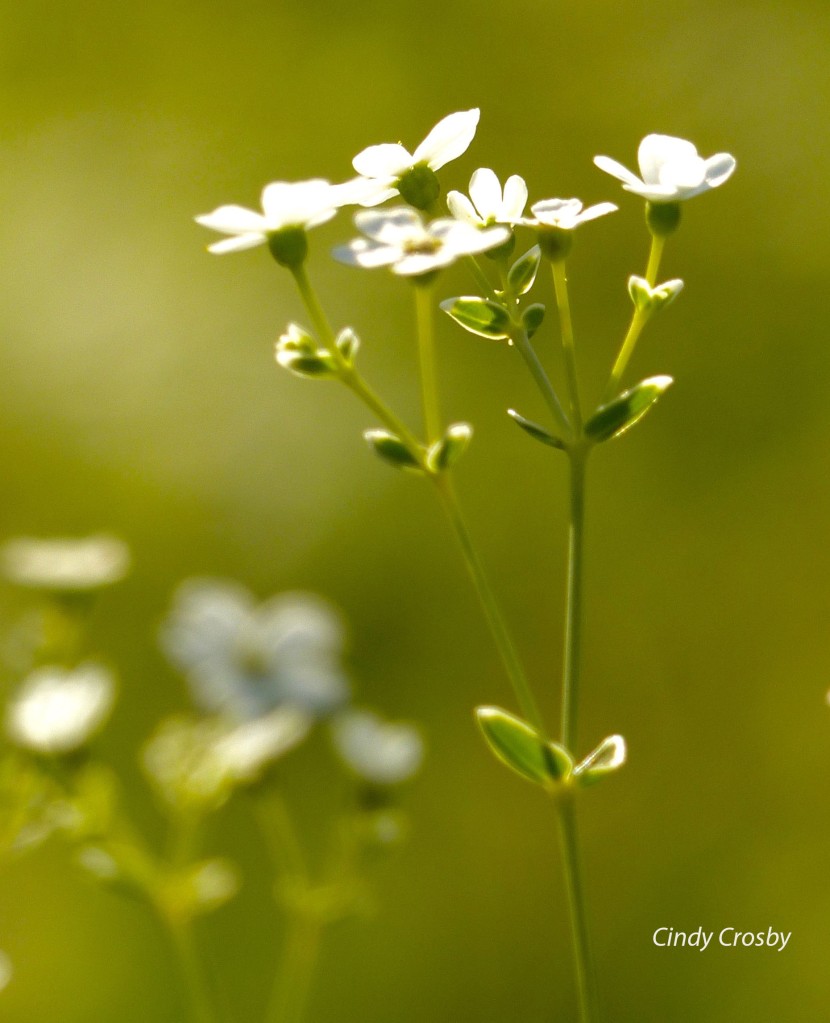

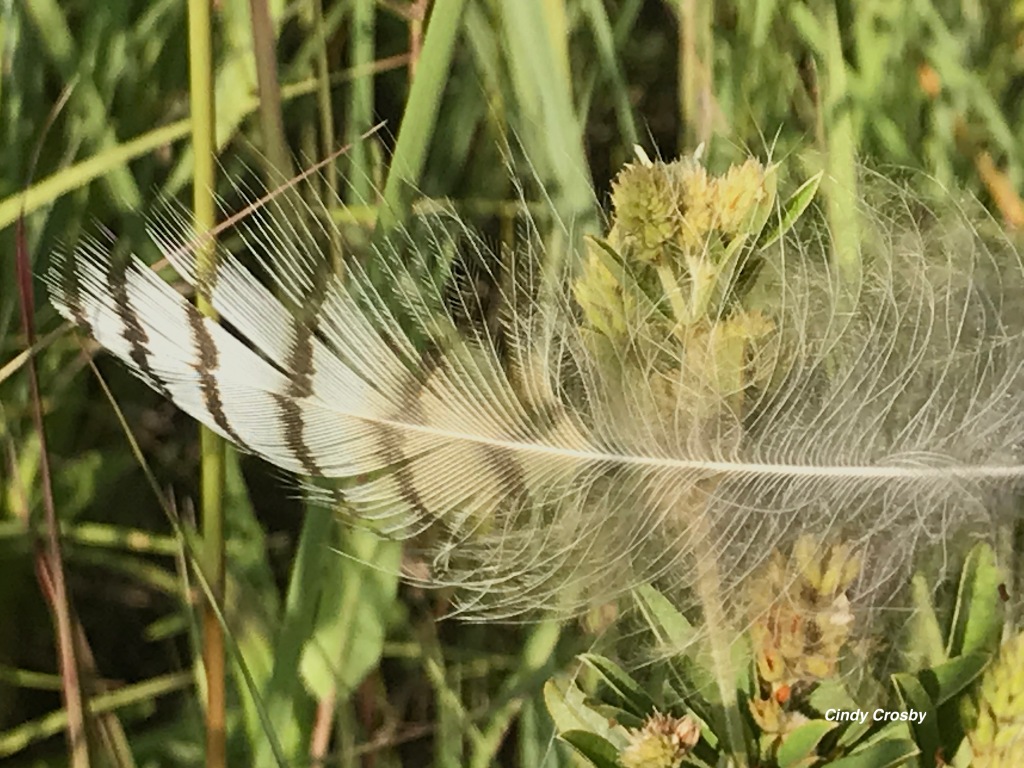


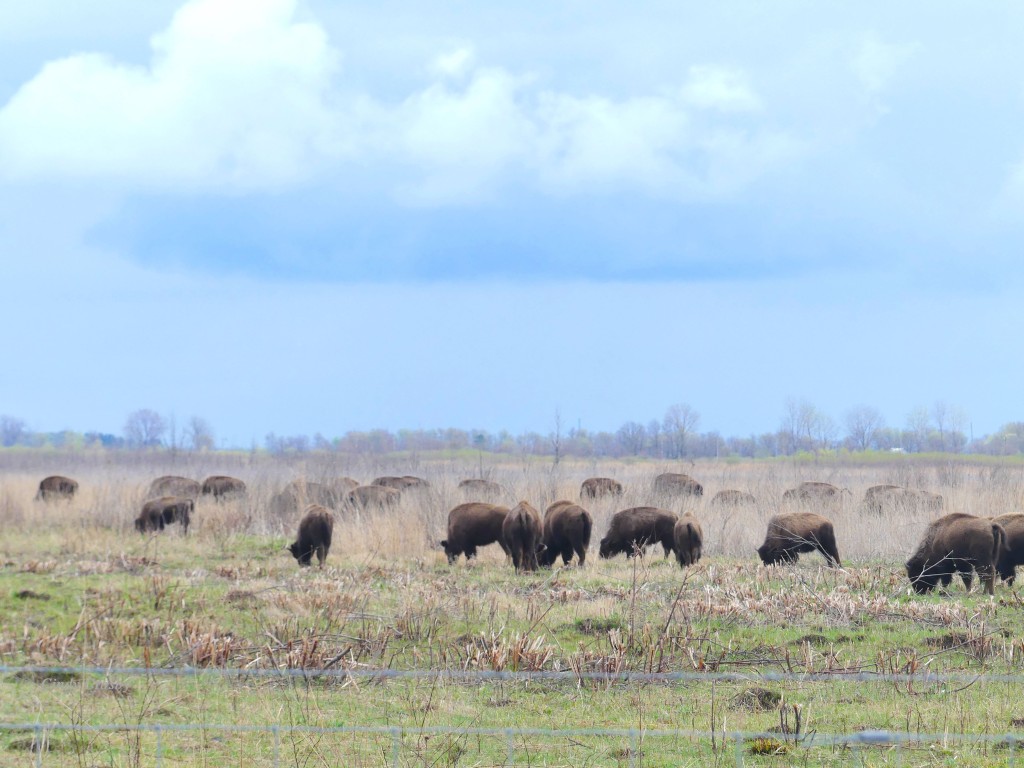

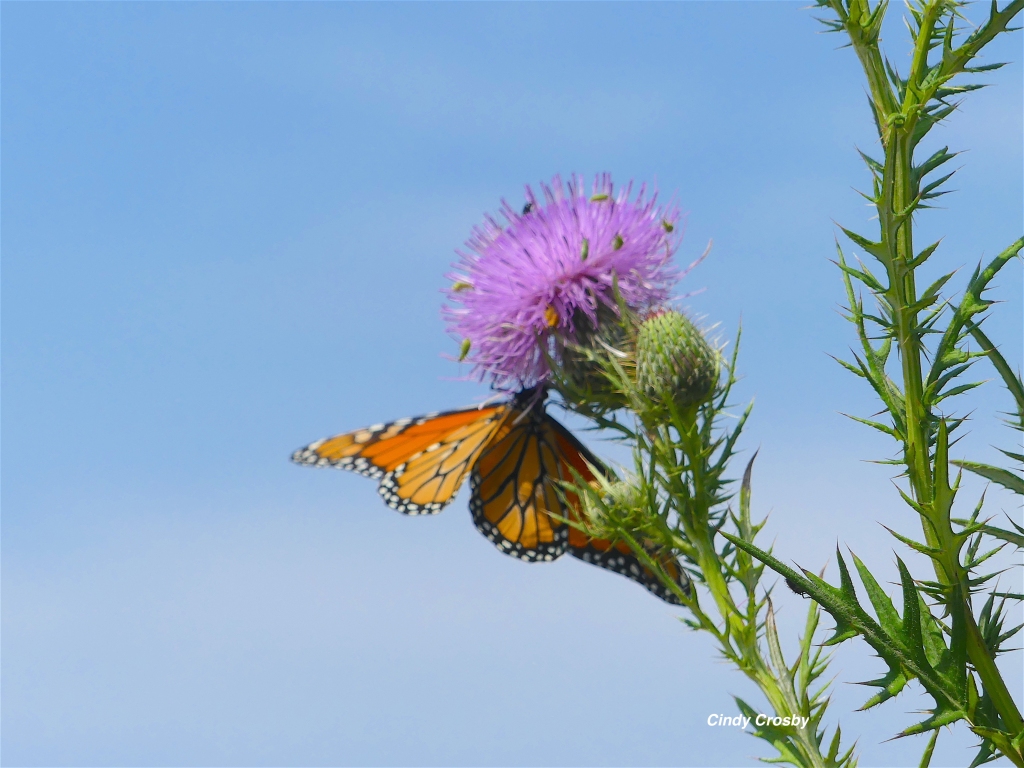


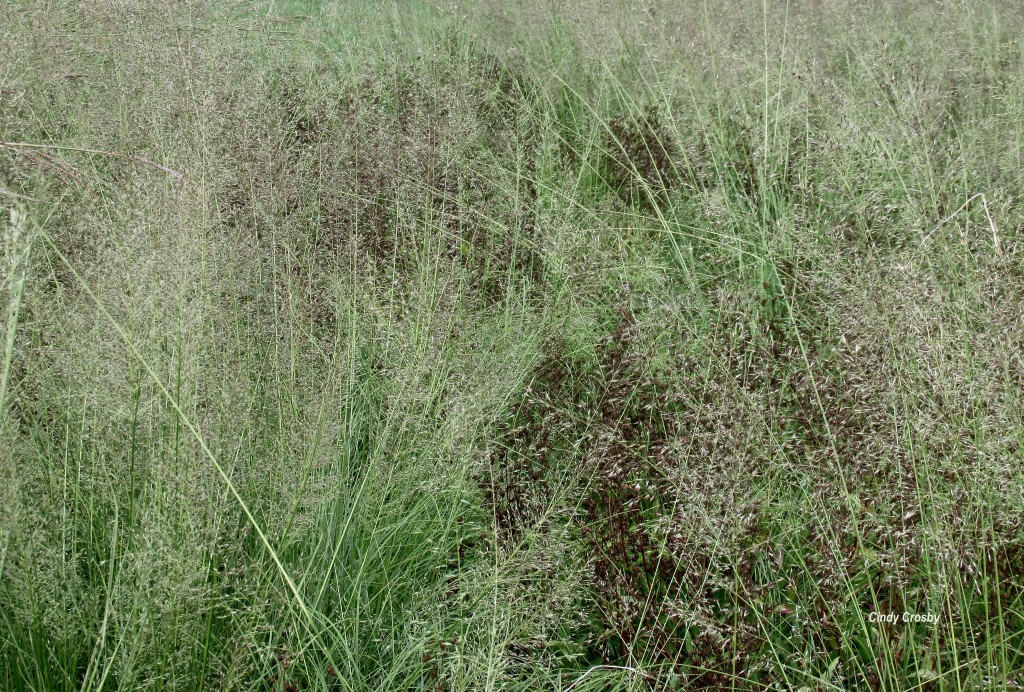
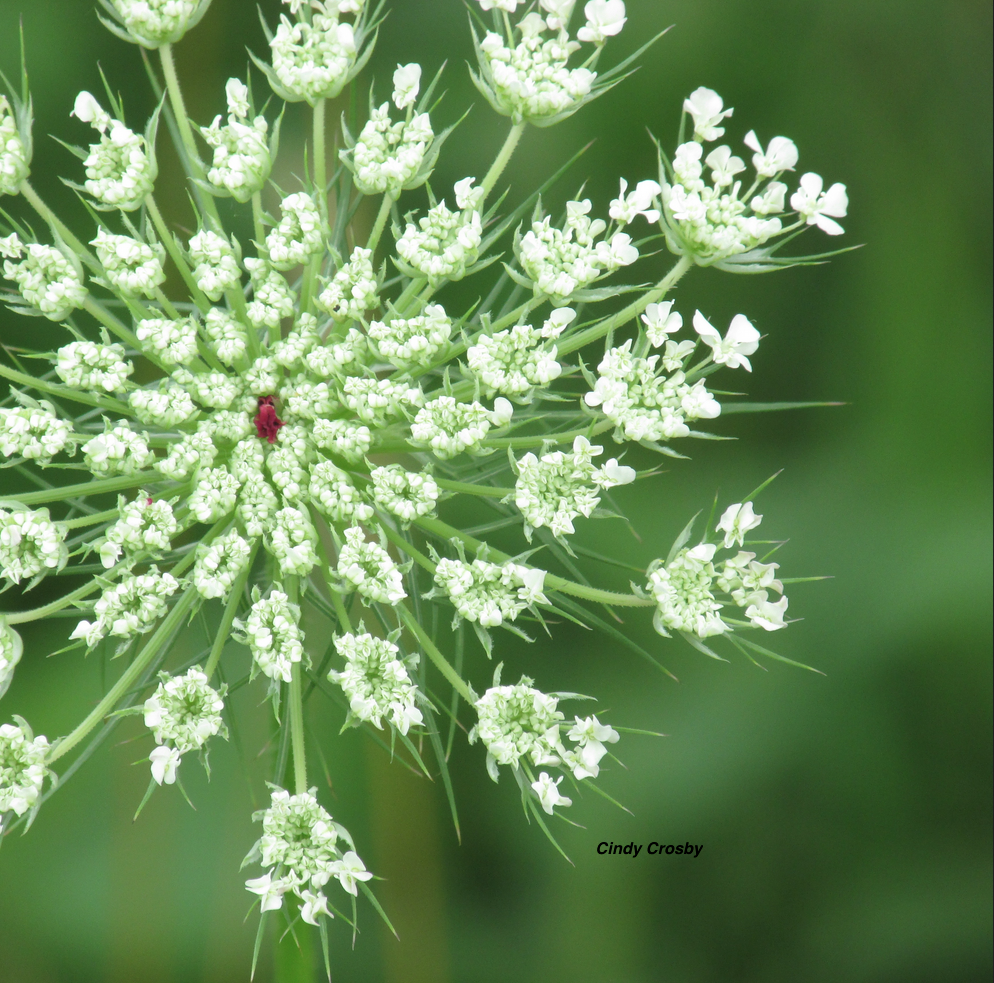
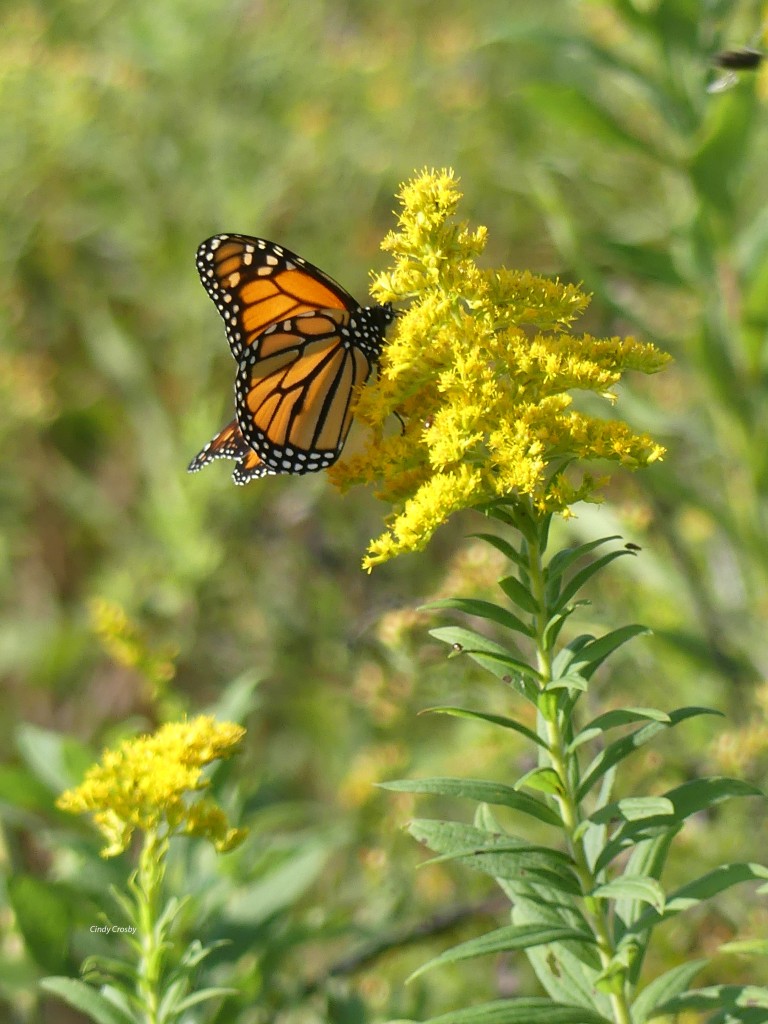
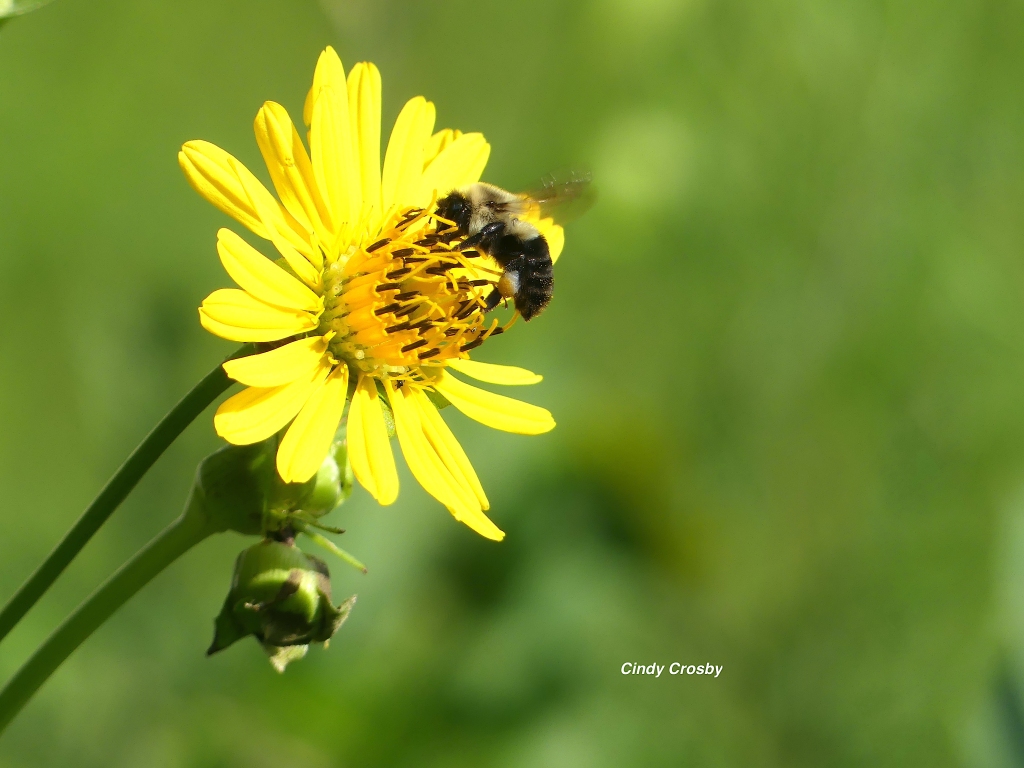
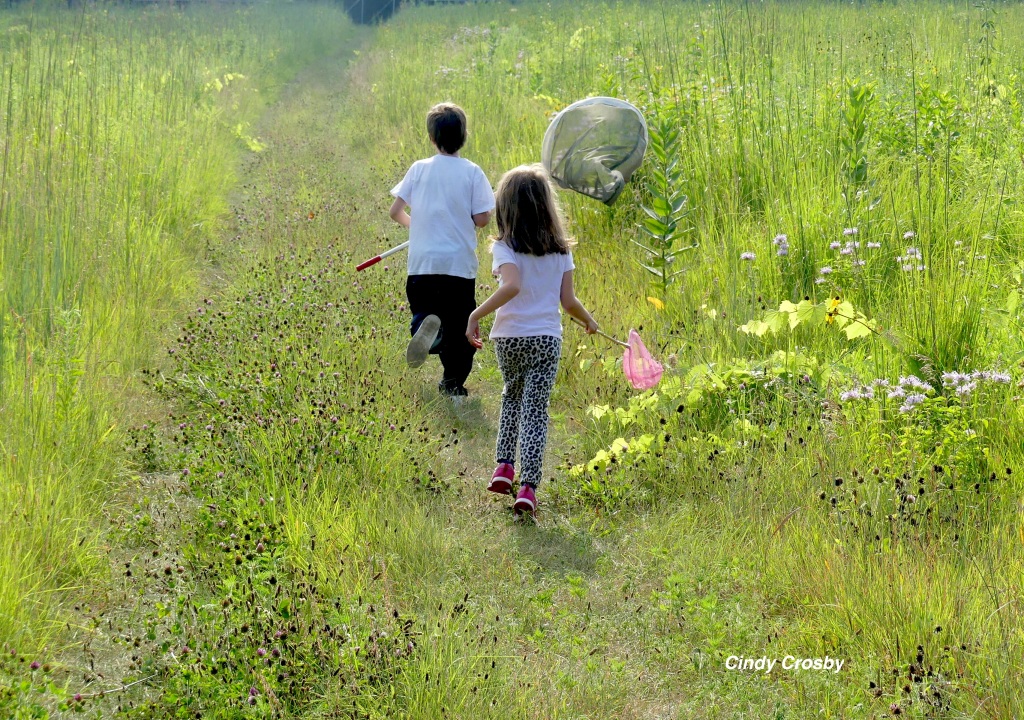


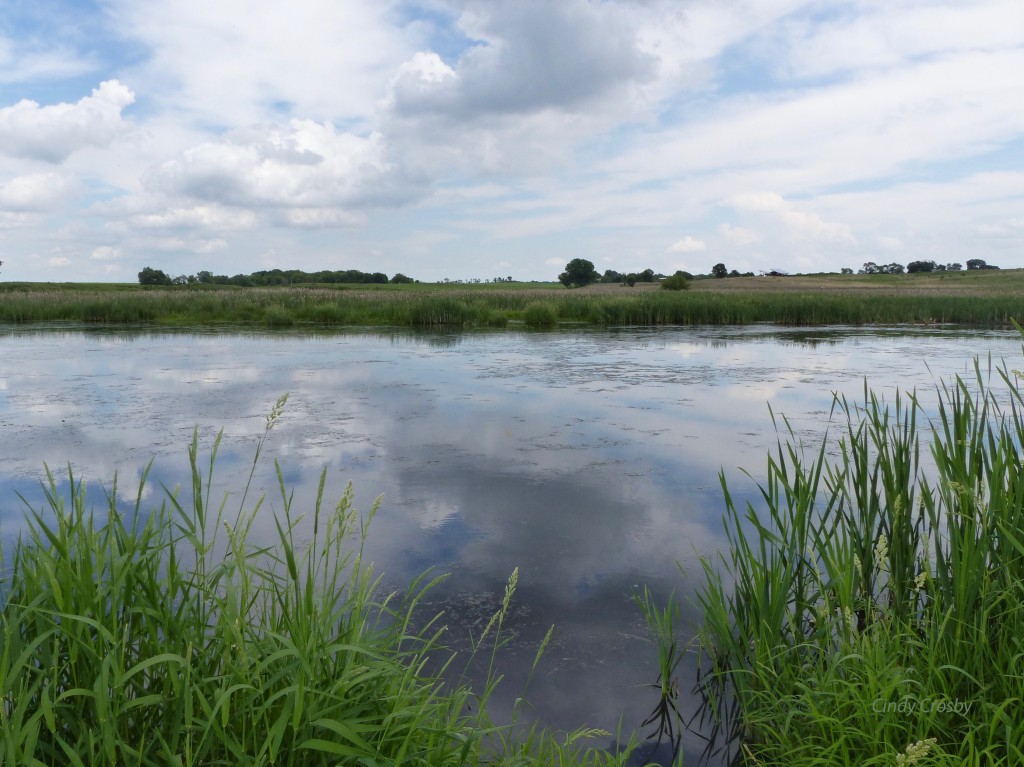
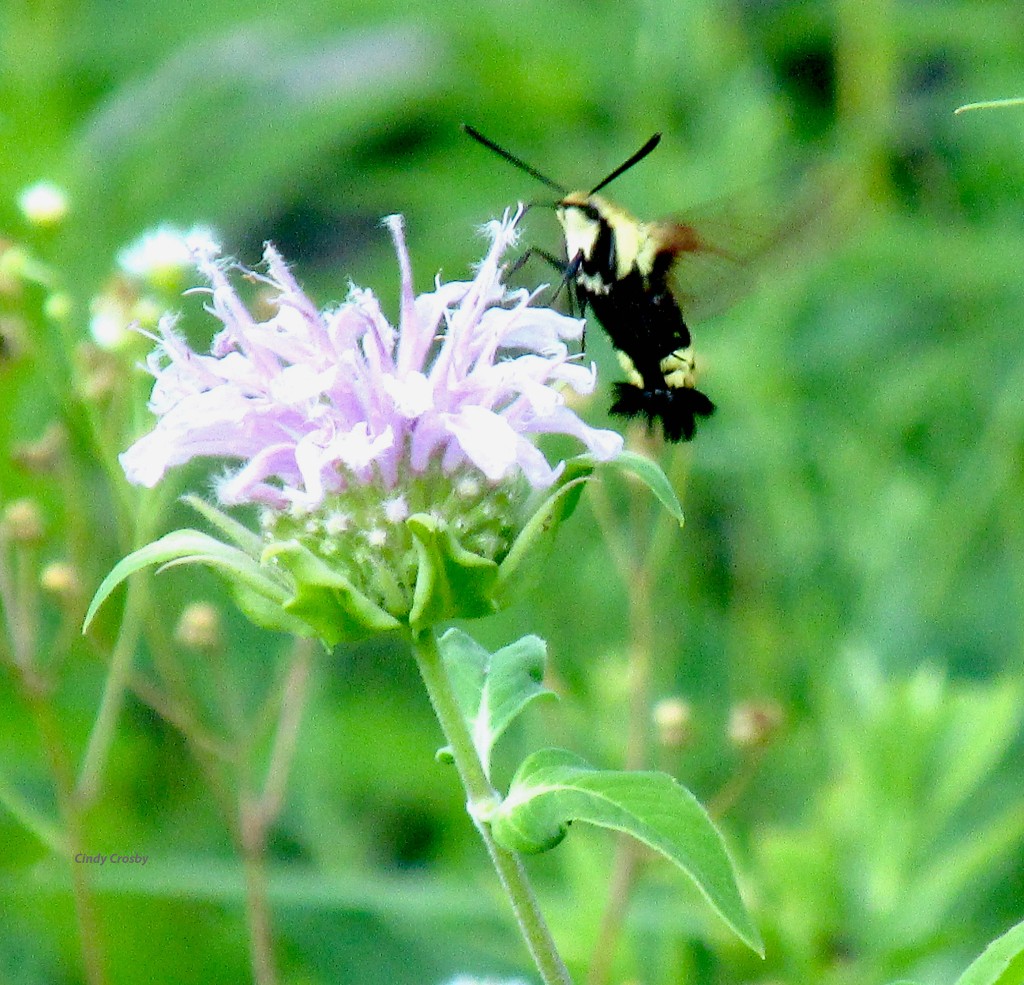
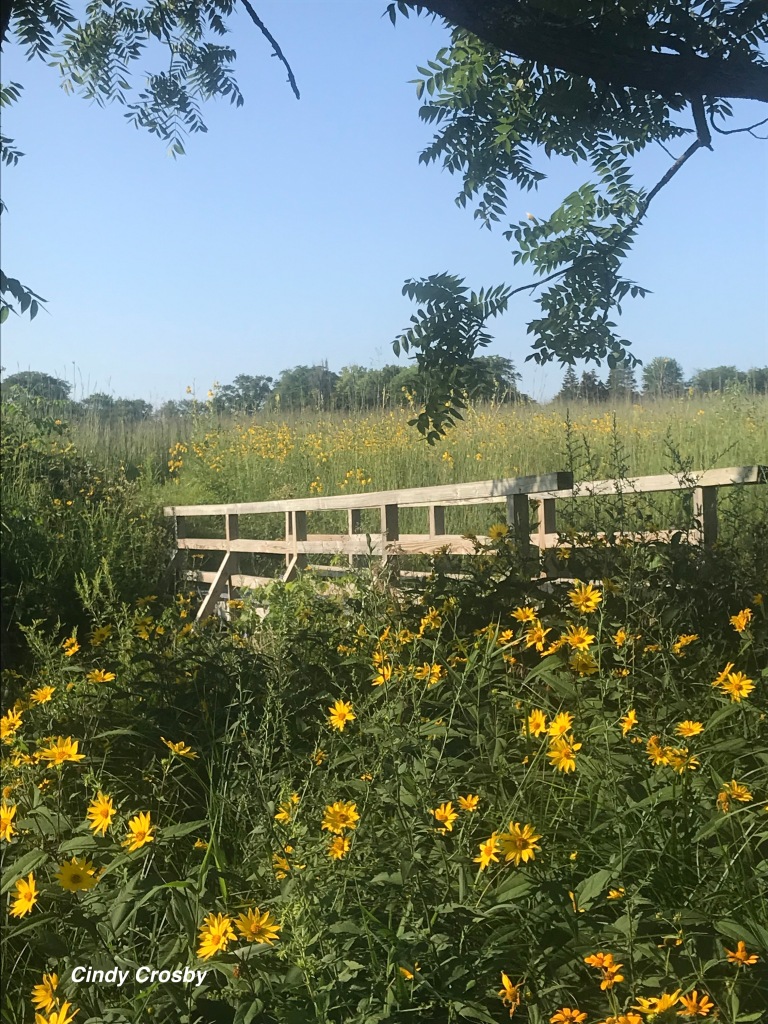

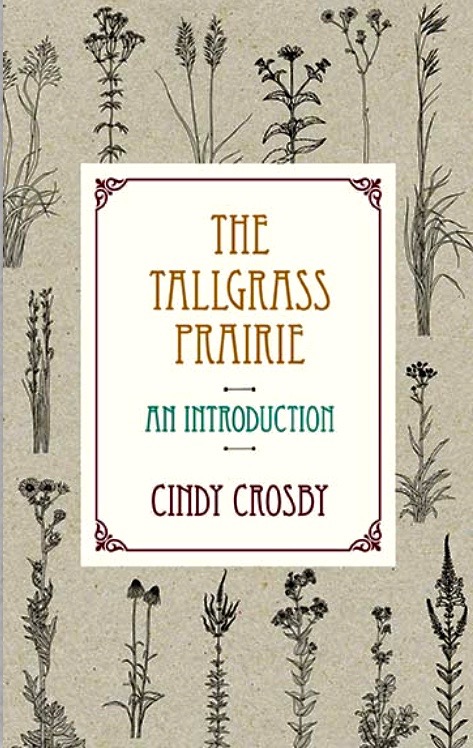























 They slowly transform……
They slowly transform……










































































